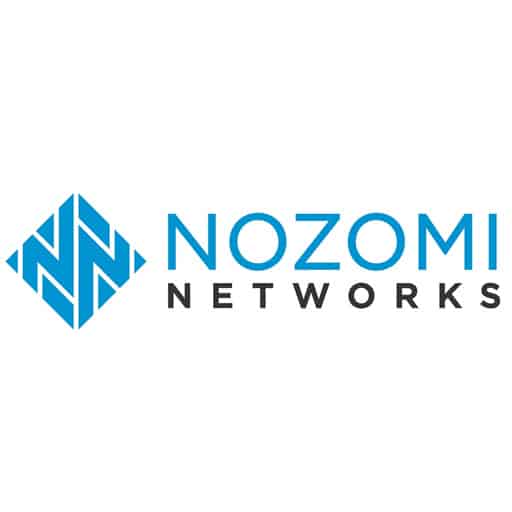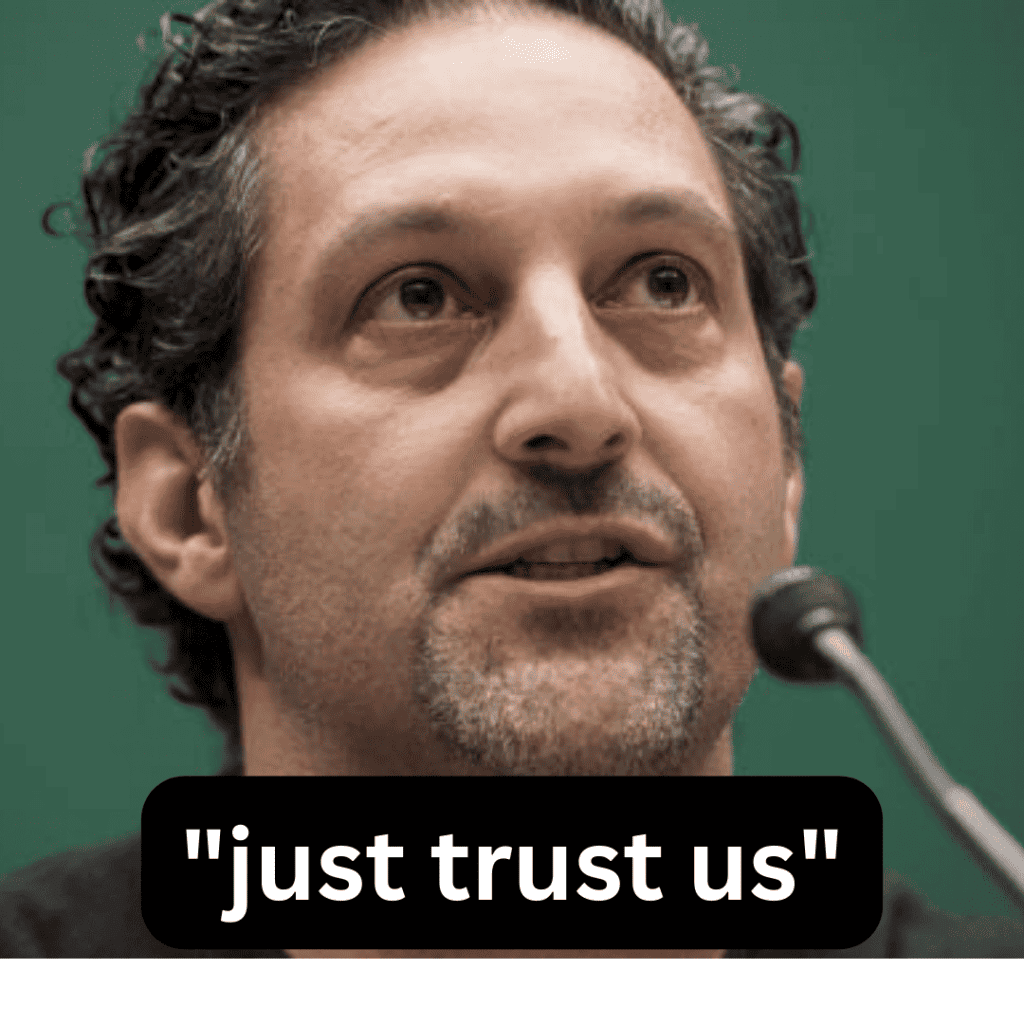What Developments In The Threat Landscape Do Australians Need To Be Aware Of?
In addition to the usual activity from Russia and Chinese state-sponsored groups, the activity that is most concerning is how state-sponsored attackers are targeting critical infrastructure. The FBI recently warned that China and Russia are ramping up attacks against critical infrastructure targets, especially water and wastewater providers, and Australian and New Zealand officials have seen the same. This is where a whole-of-state approach is needed to support those organizations that supply vital services, but struggle to defend themselves from hacking.
The U.S. and Australia are also similarly struggling with ransomware and extortion attacks. While the government’s efforts here to focus on mandatory reporting are important, there needs to be more emphasis on stopping the attacks in the first place. Our ThreatLabz team noted a 38% increase in attacks last year, with manufacturers the hardest hit.
What Emerging Threat Trends Should Companies Be Concerned About?
We are starting to see an AI arms race and attackers currently have the upper hand. While businesses have to take a methodical and careful approach to implementing AI, criminals are agile and can experiment without concern for the consequences. While executives deal with policy and regulations, attackers are innovating. Generative AI can vastly improve phishing attacks, help with attack reconnaissance, and accelerate the creation of malicious software.
If we want to stop AI-powered attacks, we have to harness AI for defense. Zscaler is well-placed to be able to do this because we see traffic from 45 million users each day, including 40% of Fortune 500 companies–that generates 420 billion logged transactions each day. This helps us to train our algorithms to spot nefarious activity.
How Can We Make It Harder For Attackers?
Every network needs strong foundations and that means a zero trust architecture. Zero trust means that even if an attacker gets access to a machine on the network, they have no ability to move laterally. An unpatched vulnerability does not provide a gateway to the entire estate. A zero trust architecture also reduces the risk of attack by removing attack surface, and can deliver longer-term cost savings by allowing businesses to get rid of legacy firewalls and VPNs, which have been the source of some critical vulnerabilities lately.
Zscaler is building AI into its products to detect attacks and even to predict attacks based on the patterns of activity we see. That means we can take action and proactively block certain connections before they take steps that put our data at risk.
Recent U.S. Regulations Have Placed More Responsibility For Cybersecurity On The Board. What Can Australia Learn From The Changes Those Regulations Have Brought?
The role of the board is critical in guiding effective cybersecurity risk management, but many boards are not up to the task, so the Securities and Exchange Commission’s rule has helped clarify what is expected. What is clear is that boards are addressing cyber risk in a wide variety of ways.
Zscaler recently released some research that shows 71% of S&P 500 companies are overseeing cyber risk from the audit committee and 8% at the full board level. Only 4% have a cybersecurity committee, and in some cases that may be a reaction to having experienced a data breach; at least half of the 21 companies had a breach in the preceding five years. Where cyber is overseen from is less important than how it is overseen: directors need to understand the risks and threats the business is exposed to and how management is tackling those challenges. Zscaler has a guide to effective cyber risk management for directors here.





